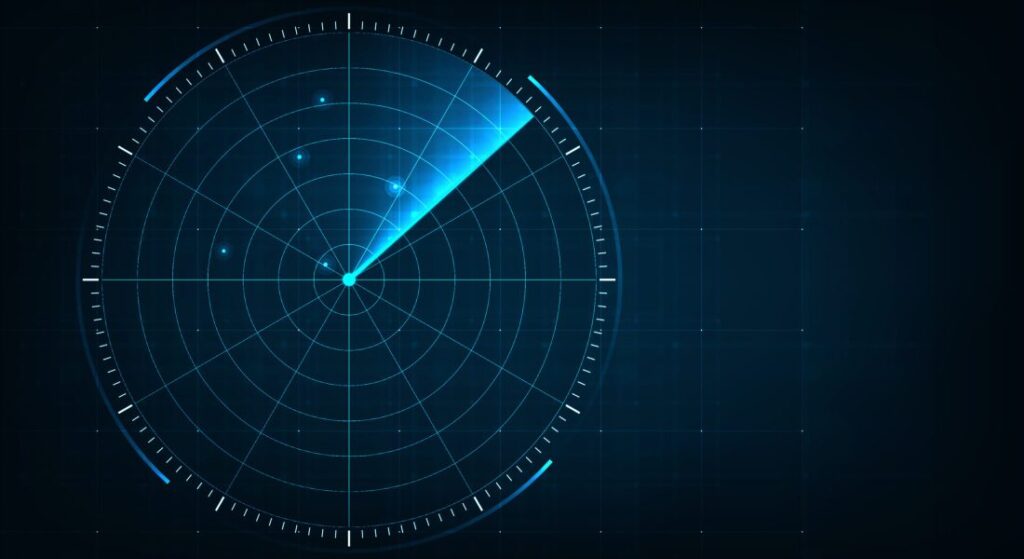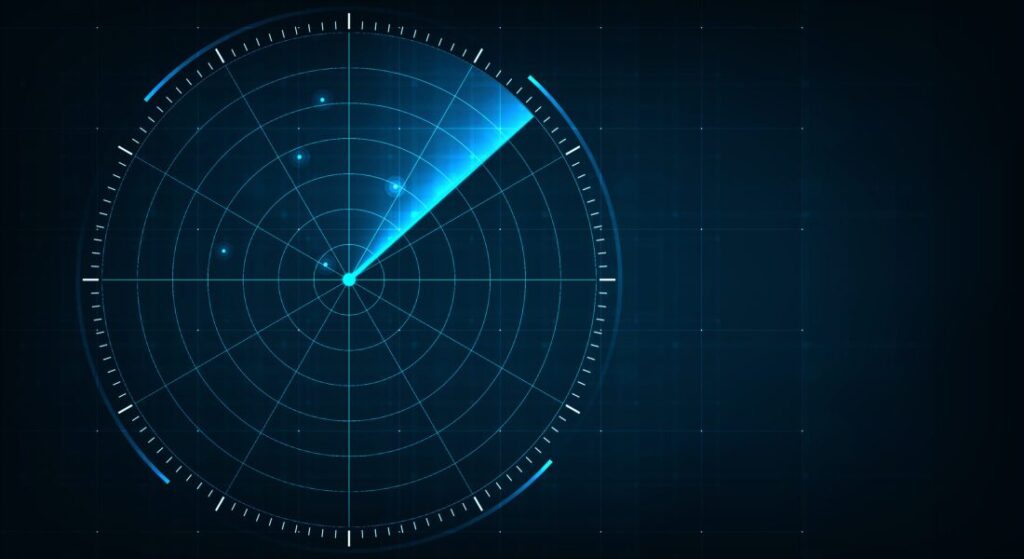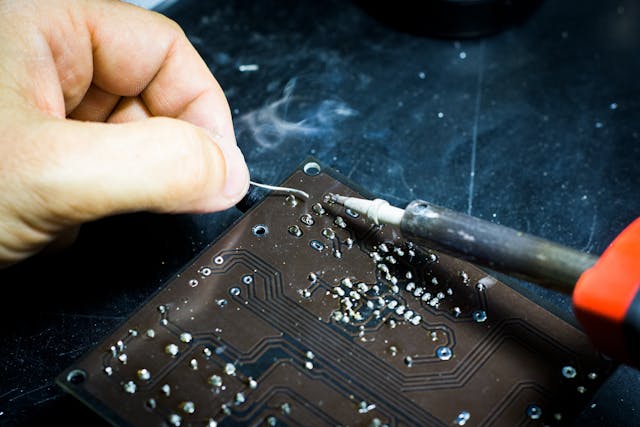
Radar Systems

Radar Systems: Enhancing Detection and Surveillance
Radar systems have revolutionized the way industries detect, track, and monitor objects, making them indispensable across various applications. By utilizing radio waves to detect objects at a distance, radar systems offer reliable and accurate information, even in adverse weather conditions.
Importance of Radar Systems
Radar systems play a critical role in ensuring safety, security, and operational efficiency. Their ability to provide real-time data and high precision makes them essential for both civilian and military applications. With continuous advancements in technology, radar systems have become more sophisticated, offering higher resolution, faster response times, and enhanced detection capabilities.
Radar Systems Key Applications
- Defense and Security: Missile detection, border surveillance, and aircraft tracking are vital applications where radar systems play a critical role. They help military forces detect and respond to threats quickly.
- Automotive Industry: Advanced driver assistance systems (ADAS) rely on radar systems to detect nearby vehicles, pedestrians, and obstacles, significantly improving road safety.
- Aviation: Air traffic management systems use radar to track aircraft positions and ensure safe navigation, while weather radar helps pilots avoid hazardous weather conditions.
- Marine Navigation: Radar systems assist ships in navigating through low-visibility environments, detecting other vessels, and avoiding collisions.
- Weather Monitoring: Meteorologists use radar to predict storms, measure rainfall intensity, and study weather patterns for more accurate forecasts.
- Space Exploration: Radar systems play a crucial role in mapping planetary surfaces and tracking space debris.
- Healthcare: Emerging applications in medical imaging, such as monitoring heart rates and detecting tumors.
- Industrial Automation: Object detection and movement tracking in manufacturing processes.
- Agriculture: Crop monitoring and predicting weather patterns.
Types of Radar Systems
- Pulse Radar: Determines distance by measuring the time delay of reflected signals, commonly used in aviation and weather monitoring.
- Continuous Wave Radar: Detects moving objects using frequency shifts, ideal for speed detection in traffic systems.
- Doppler Radar: Measures object velocity through frequency changes, widely used in weather forecasting and military applications.
- Phased Array Radar: Uses multiple antennas for rapid beam steering and precise tracking, commonly found in defense systems.
- Synthetic Aperture Radar (SAR): Produces high-resolution images for terrain mapping and environmental monitoring.
- Bistatic Radar: Operates with separate transmitter and receiver locations, enhancing detection capabilities.
- Monopulse Radar: Improves target tracking accuracy by comparing received signals from multiple antennas.
- Over-the-Horizon Radar (OTH): Detects objects beyond the horizon by reflecting radio waves off the ionosphere.
Radar Systems Challenges and Considerations
- Interference: Minimizing signal disruption from external sources such as radio communication and electronic devices.
- Power Consumption: Balancing performance with energy efficiency, especially in portable and battery-operated systems.
- Environmental Conditions: Ensuring reliability in extreme weather, such as heavy rain or snow.
- Miniaturization: Developing compact systems for smaller applications without compromising performance.
- Cost: Managing high production and maintenance costs while maintaining performance standards.
- Data Processing: Handling large volumes of data for real-time analysis and decision-making.
- Security: Protecting radar systems from cyber threats and jamming.
Future Trends
- 5G-Integrated Radar Systems: Enhancing connectivity and data sharing between radar systems and other devices.
- AI-Powered Radar: Improving object detection, classification, and predictive capabilities through machine learning algorithms.
- Solid-State Radar: Offering greater reliability, lower maintenance, and higher efficiency compared to traditional systems.
- Miniature Radar Systems: Enabling applications in drones, wearable devices, and healthcare monitoring systems.
- Multi-Function Radar Systems: Combining various capabilities, such as detection, tracking, and imaging, into a single system.
- Quantum Radar: Exploring the potential of quantum mechanics to detect stealth objects and improve accuracy.
- Autonomous Vehicles: Integration of radar with lidar and cameras for enhanced autonomous driving capabilities.
- Radar-on-Chip (RoC): Miniaturized radar systems for IoT and consumer electronics applications.
- Cognitive Radar: Self-learning systems that adapt to dynamic environments.





